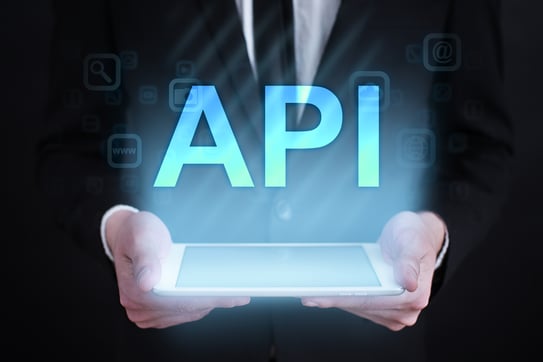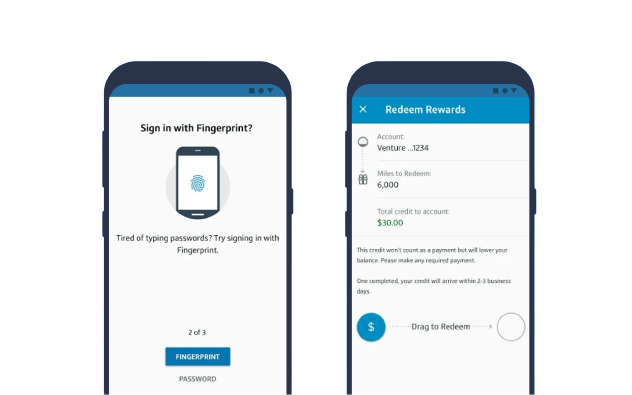An organization’s website has gradually become the face of its branding. In the current mobile technology boom, it is crucial to integrate the website for mobile use. Mobile is only going to grow from here in terms of technology and hence web and mobile integrations are going to be all what it takes to justify digital investments. The mobile has allowed people to build their own customizable and personalized space. People use mobile devices for variety of reasons from finding jobs, to searching for colleges, to making banking transactions, to locating the nearest ATM.
Web and Mobile Integrations are Saving the Day but What is Making this Integration Possible?
Web services or API is the key to such developments. Let us try to understand how enterprises are making the most through their webservice development:
Coming to the importance of Webservices Development / API development for your Business applications, it is a fact that the largest user base of the Web APIs belongs to the web development space. Yet, end users can also benefit from them. Let’s take a look how:
- Integration : APIs enable the web developer to integrate the applications with advanced functions.
- Interactivity: End users find it easier to interact with the application.
- Creates value for providers: A well coded API can become the brand of a provider.
- Adapts the mobile interface: Lightweight APIs make it possible for faster downloads, upgrades in case of mobile.
- Expandable: APIs that are expandable make it possible for OS upgrades in phones and tables
Different enterprises are using web-mobile integrations in their own customized ways. We need to understand how these integrations are being effective in increasing their visibility as well as their sales. Lets quickly go through the various forms of enterprises and the different integrations they are going through:
-
B2C

These are enterprises which directly face the end user. An integrated app for such enterprises becomes indispensable. This can allow tapping of the festive seasons for more ROI. The integration needs to concentrate on performance of the mobile application. e.g. Facebook after launching a hybrid app got a head start in the initial days of the smartphone market. Once the smartphone market grew out of bounds, Facebook released its native version for iOS and Android and chucked out the previous hybrid app.
This way Facebook didn’t have compromise on its performance and also could go launch themselves before the peak time had arrived. B2C enterprises are making using of these integrations to respond to customer instantly whenever an opportunity knocks. Native versions shall be required when there’s too much traffic. This shall only make the application more scalable and will give the users a better experience.
-
B2B

These enterprises deal with other enterprises. The web-mobile integration will have to be thus used a little differently for the benefit of such enterprises. Usually such enterprises have a range of applications with its own set of functionality designed for its respective partners and stakeholders.
These companies use a mobile framework or API alongside another reference application. This reference sometimes serves to integrate backend processes for big partners to collaborate or also can be used as a mobile application for clients without the basic IT teams or third party vendors.
-
ISV

Technology and product enterprises use these integrations to add value to their old customers. Software product companies get started by enabling the existing customers to write their own mobile applications via APIs. Examples include SAP, Salesforce; among others
What Makes These Integrations Great?
Let’s try to understand by a simple example of how these integrations are actually so useful. Let’s take into consideration the example of recruitments that are now integrated on the mobile. Ultimate Recruiter’s Guide to Mobile for 2015 notes that 3 in 5 job seekers are now using mobile devices for jobs and 51 % of applications submitted on Indeed.com are via mobile. With the use of ATS (Application Tracking System) and the right integration, even recruitment methods will undergo a makeover. Responsive designs have enabled better rankings of mobile friendly pages.
Web mobile integrations have created new scope for customer interaction, retention and means of communication. Enterprises no longer need to depend on a website but have more customizable means to establish relationships with their customers. API development has made these integrations possible. They also are great time savers. Sharing is made possible because of these integrations. Sometimes it has to be agreed that third party webservices meet a sudden death when companies decide to intentionally block, limit or shut down APIs. Take for example: Shutting down Google Health led to an end of all the applications that had its APIs. Nevertheless, integrations have made it possible for more interconnectedness. There is more interlinking and the internet has become more navigable. So let’s quickly outline how the internet has become friendlier.
| The Advantages of Integration |
| - Easy navigation |
| - Responsive design |
| - Convenient sharing |
| - Outreach |
| - Easier to create new apps |
| - Renders the modern web possible |

Written by Tanya Kumari
Tanya leads the Digital Marketing Team at Classic Informatics, a leading web development company . She is an avid reader, music lover and a technology enthusiast who likes to be up to date with all the latest advancements happening in the techno world. When she is not working on her latest article on agile team dynamics, you can find her by the coffee machine, briefing co-workers on the perks of living a healthy lifestyle and how to achieve it.








.png)









